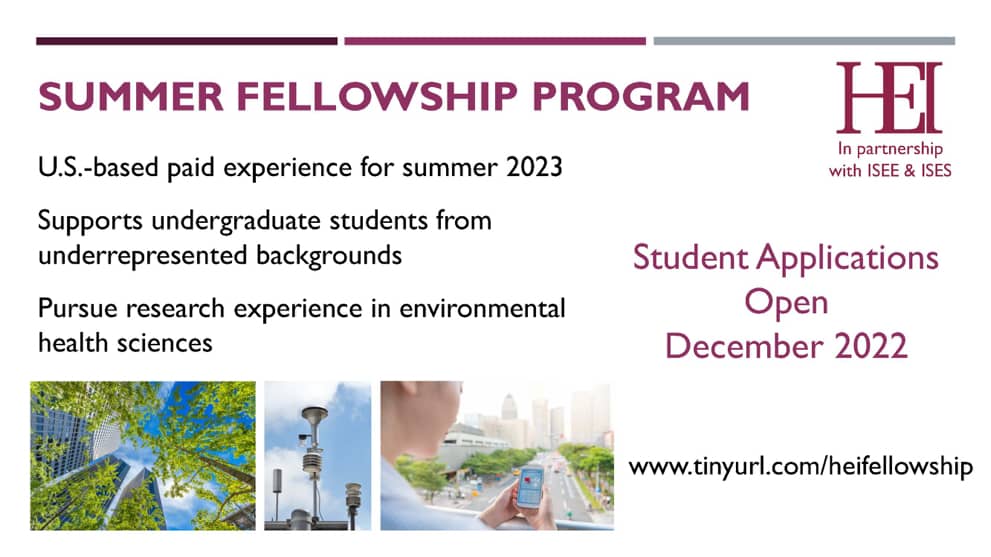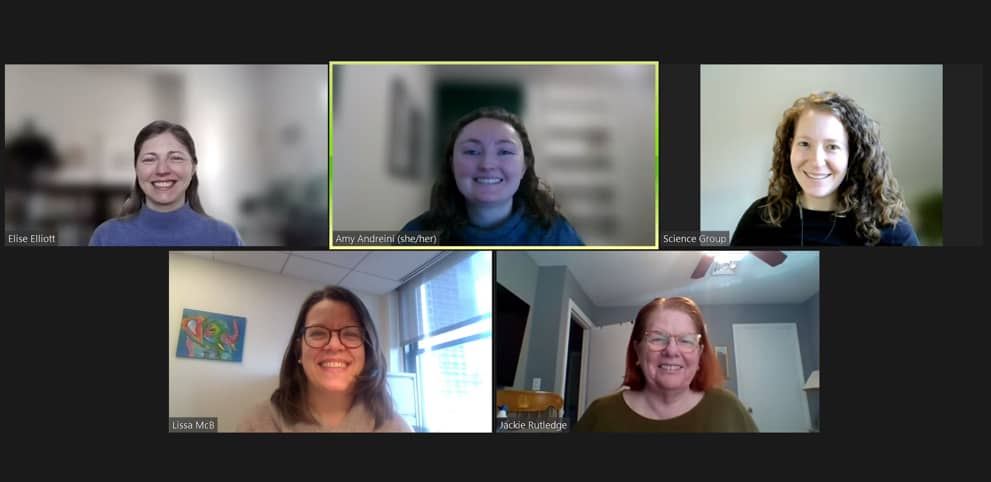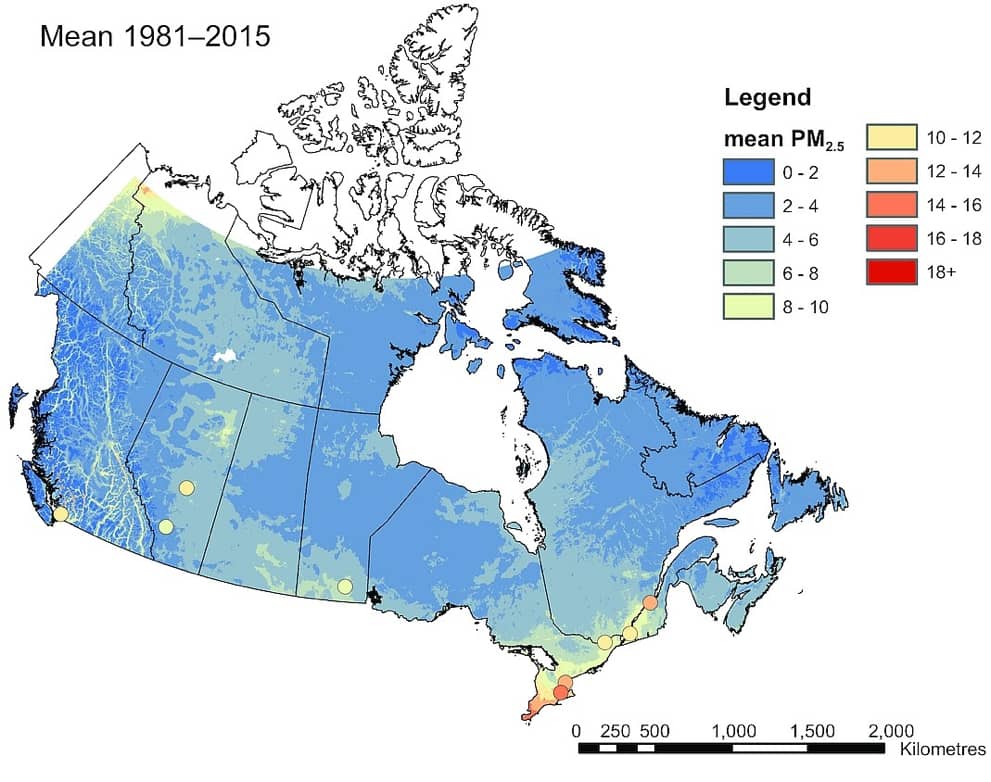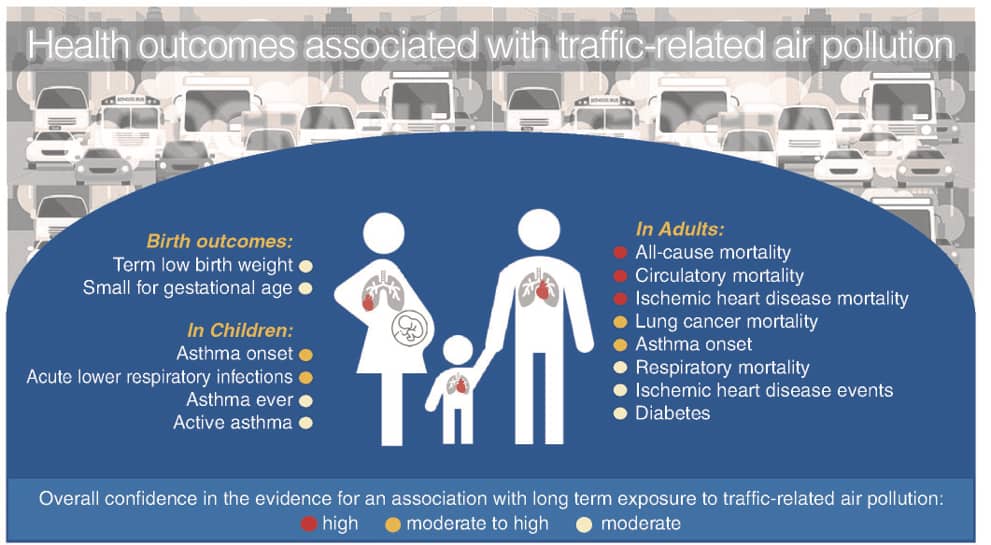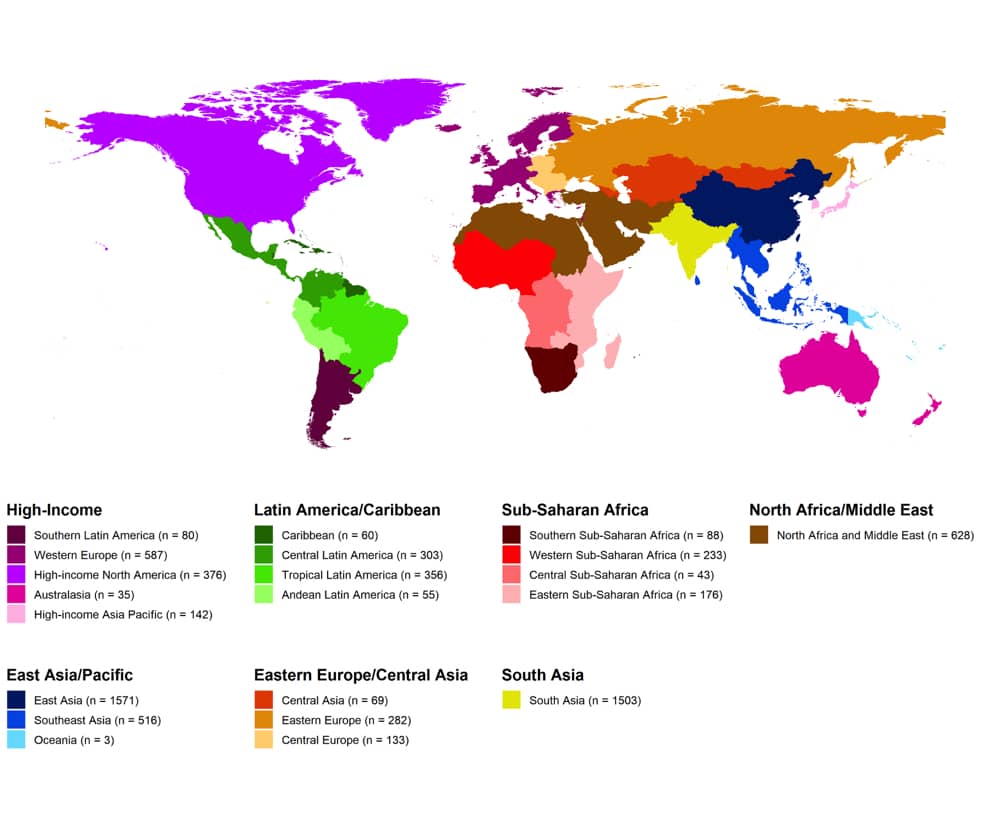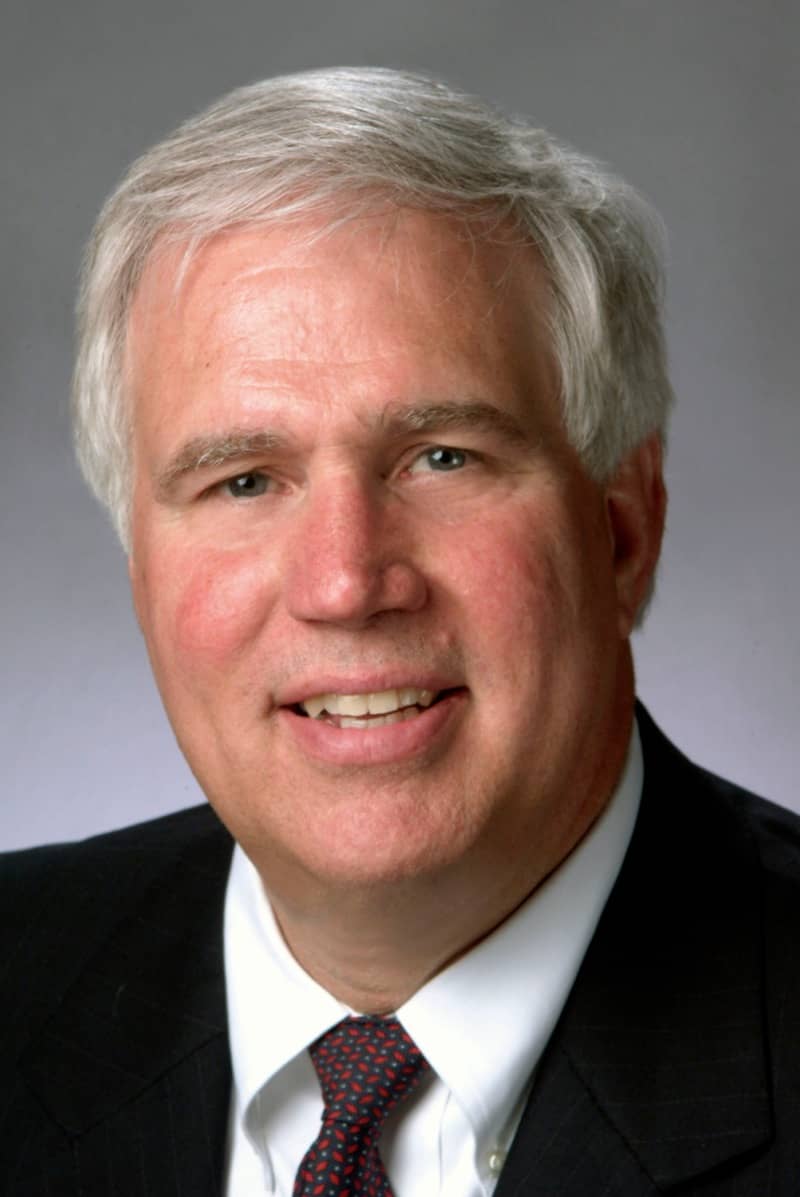A Message from the Chair
HEI Board Chair Richard Meserve reflects on HEI's progress in 2022 and its ongoing commitment to innovative science for lasting impact. Read more
Thank You to Our Peer Reviewers
HEI thanks all the experts who offered their time and expertise in 2022 to provide thoughtful, high-quality comments and feedback on research applications as well as final reports. Read more
Section Overview
CONVENING COMMUNITIES
To advance science that guides stakeholders, HEI brings communities, industries, policy makers, and scientists together to exchange ideas, voice concerns, and find common ground. Our role as a convener is critical to our ability to ask the right questions — and find the right answers. Read more
INSIGHTS ON LOW EXPOSURE
Three recent HEI research reports shed new light on the potential health impacts of low levels of air pollution. These studies come at an important moment as governments across several global regions consider tightening pollution regulations. Read more
OUR FINANCIALS
Get details on our annual expenditures and funding support from government, industry, and foundation sponsors. Read more
TRAFFIC & HEALTH: STEPS TO KNOWLEDGE
While hailed as a great success, the strides made in reducing tailpipe emissions have been uneven around the world, with traffic pollution rising rapidly in many low- and middle-income countries. HEI research is providing important data on both tailpipe and non-tailpipe emissions, which influence health and disease everywhere. Read more
ADVANCING GLOBAL HEALTH
Air pollution is a global problem with local consequences. Learn how HEI’s publication of several new reports is helping to inform policies for cleaner air in many countries and cities. Read more



